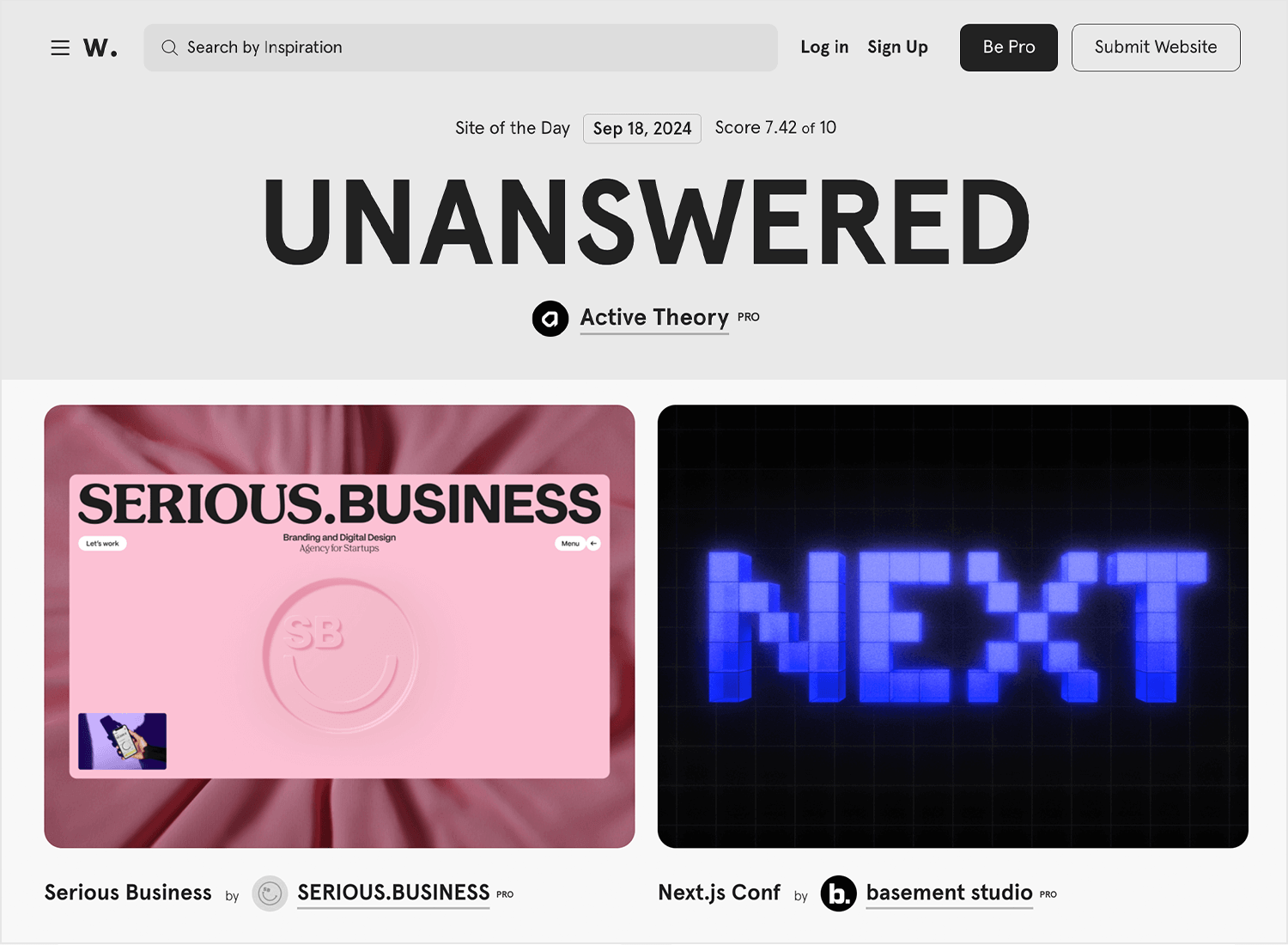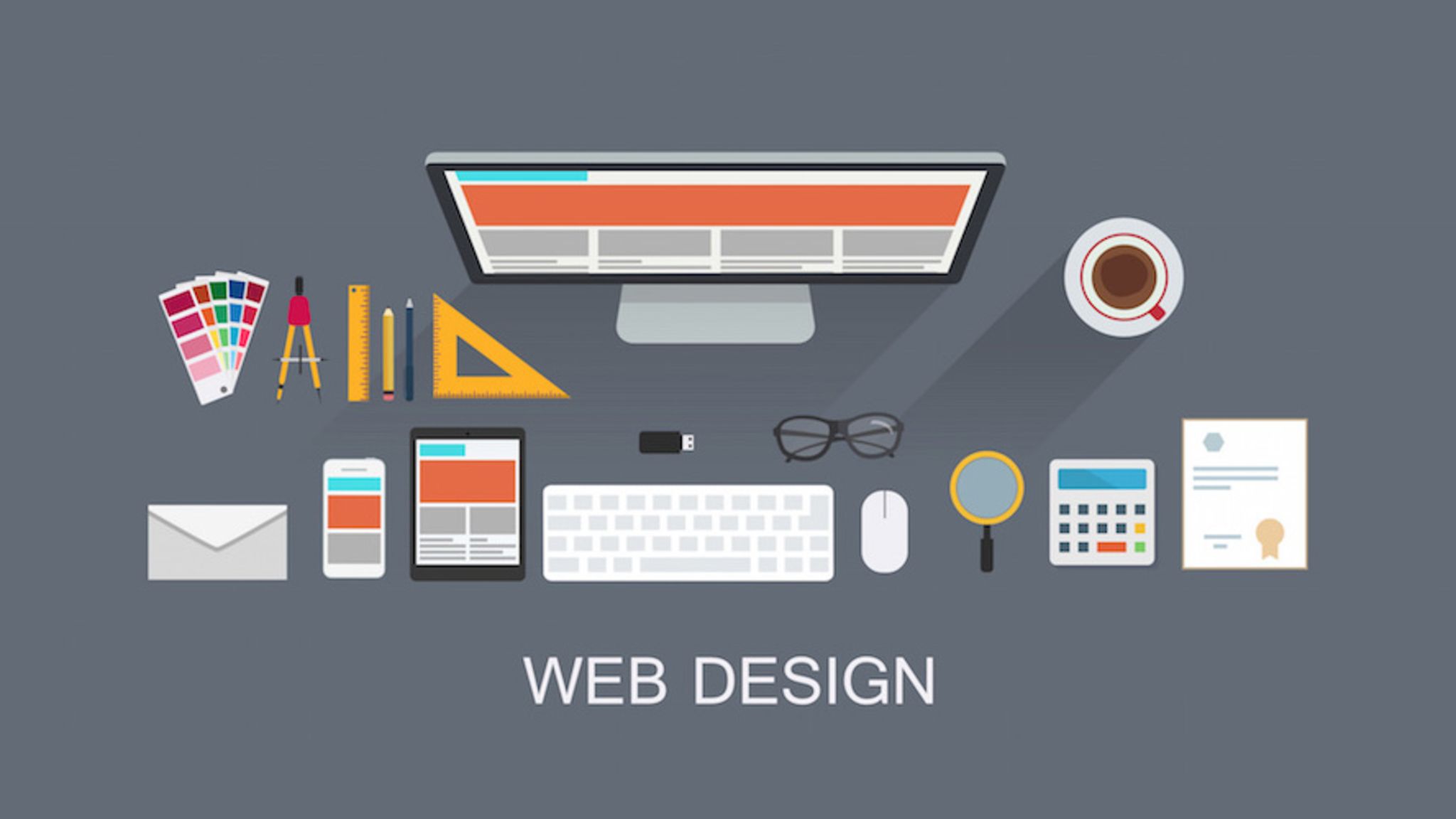Why Web Design and User Experience Must Go Hand-in-Hand for Success
Why Web Design and User Experience Must Go Hand-in-Hand for Success
Blog Article
Elevate Your Online Existence With Magnificent Website Design Tips and Trends
The interaction of aesthetic allure, existing layout patterns, and individual experience plays an essential function in achieving this goal. The subtleties of reliable layout prolong beyond looks; recognizing vital methods for optimization can dramatically impact your success.
Importance of Visual Allure
In today's electronic landscape, the aesthetic charm of a web site is critical; studies show that 94% of impressions are design-related. This statistic emphasizes the important function that aesthetics play in user involvement and retention. A well-designed website not just draws in site visitors however likewise urges them to discover its content further. Effective aesthetic style incorporates aspects such as color pattern, typography, layout, and imagery, every one of which add to a appealing and cohesive customer experience.
In addition, a visually enticing website imparts a feeling of trustworthiness and professionalism. Customers are a lot more most likely to rely on a website that looks well-structured and refined, which can significantly affect conversion rates. Alternatively, a unappealing or messy design can result in high bounce rates, as individuals may view the web site as unreliable or out-of-date.
Moreover, the appearances of an internet site can share brand name identification and worths (Web design). Regular use of branding aspects, such as logos and color palettes, reinforces recognition and fosters a much deeper link with the target market. In verdict, focusing on aesthetic charm is necessary for developing interesting, reliable, and brand-aligned online experiences that reverberate with individuals
Current Design Trends
Modern website design is continuously advancing, and remaining upgraded with current fads is vital for producing impactful on the internet experiences. One popular trend is the rise of minimalism, identified by tidy lines, sufficient white space, and an emphasis on crucial components. This approach not only improves functionality however likewise enables web content to take facility stage.
Furthermore, dark mode user interfaces have obtained appeal, offering customers with a visually striking option while lowering eye strain. This pattern aligns well with customer choices, providing a contemporary visual that is both practical and trendy.
Another notable trend is the incorporation of strong typography. Developers are increasingly making use of big, expressive fonts to produce aesthetic hierarchy and convey brand name messages efficiently. Combined with vivid shade schemes, this pattern adds dynamism to website.

Necessary Layout Components
Reliable web style rests on several important style elements that with each other develop a interesting and natural individual experience. The first of these aspects is layout, which dictates how content is organized on the page. A well-structured format not just improves readability but additionally overviews users with the website effortlessly.
Shade plays an important duty in design, influencing emotions and brand name perception. A harmonious shade combination can stimulate specific sensations and establish a visual hierarchy, thereby attracting focus to essential aspects. Typography is crucial; the selection of typefaces have to align with the brand identity and ensure readability throughout tools.
Images, consisting of images and graphics, includes visual rate of interest and can interact messages swiftly. Top quality pictures appropriate to the web content boost the overall aesthetic and involvement. Additionally, whitespace is usually ignored yet is crucial for developing equilibrium. It assists stop clutter, allowing individuals to concentrate on the essential components without distraction.
Last but not least, consistency throughout Check Out Your URL all style elements strengthens brand name identity and makes navigating intuitive. By diligently including these crucial layout components, internet designers can create visually attractive and useful sites that astound site visitors and encourage communication.
Customer Experience Optimization
A seamless user experience is essential for retaining visitors and driving conversions on a site. Optimizing individual experience (UX) involves comprehending your target market and tailoring style components to meet their requirements effectively. Secret parts of UX optimization include user-friendly navigating, fast packing times, and clear calls to action.
Include breadcrumb tracks to aid users quickly backtrack, lessening frustration. Rate is another essential variable; internet sites ought to fill within 3 seconds to stop individuals from deserting the website.
Moreover, your web site's style must prioritize clearness. Use legible fonts, contrasting colors, and whitespace to produce an aesthetically enticing format that overviews customers via material effortlessly. Phone call to action ought to be prominently presented, making use of workable language that encourages users to involve.
Mobile Responsiveness Approaches
Virtually half of all web traffic currently originates from mobile gadgets, highlighting the significance of implementing durable mobile responsiveness strategies. To make certain optimum user experience across numerous screen sizes, internet designers need to embrace a liquid grid design that adapts effortlessly to different gadgets. This technique enables content to rearrange and resize without compromising capability or aesthetic appeals.
Incorporating adaptable pictures and media questions is necessary. Pictures need to immediately readjust their size according to the viewport, while media questions can discover tool features and apply customized CSS designs accordingly. This strategy enhances tons times and ensures that individuals have an aesthetically attractive experience.
Additionally, focus on touch-friendly navigation aspects. official source Buttons and web links should be quickly tappable, with adequate spacing to avoid misclicks. Staying clear of hover-dependent interactions even more boosts functionality on touchscreens.
Finally, carrying out normal testing across numerous devices and web browsers is important. Devices like Google's Mobile-Friendly Test can aid determine locations needing improvement. By embracing these mobile responsiveness approaches, businesses can improve individual involvement, increase search engine rankings, and eventually drive conversions, consequently boosting their on-line visibility effectively.
Conclusion
By focusing on visual allure with current design fads and crucial aspects, companies can foster reliability and engagement. Maximizing user experience and guaranteeing mobile responsiveness are important for assisting in seamless communication across devices.

Conversely, a cluttered or unsightly design can lead to high view website bounce rates, as customers may view the internet site as unreliable or obsolete. - Web design
Reliable web style pivots on several necessary design aspects that with each other develop a cohesive and appealing customer experience. Optimizing individual experience (UX) includes recognizing your audience and tailoring style elements to meet their requirements properly.
Report this page